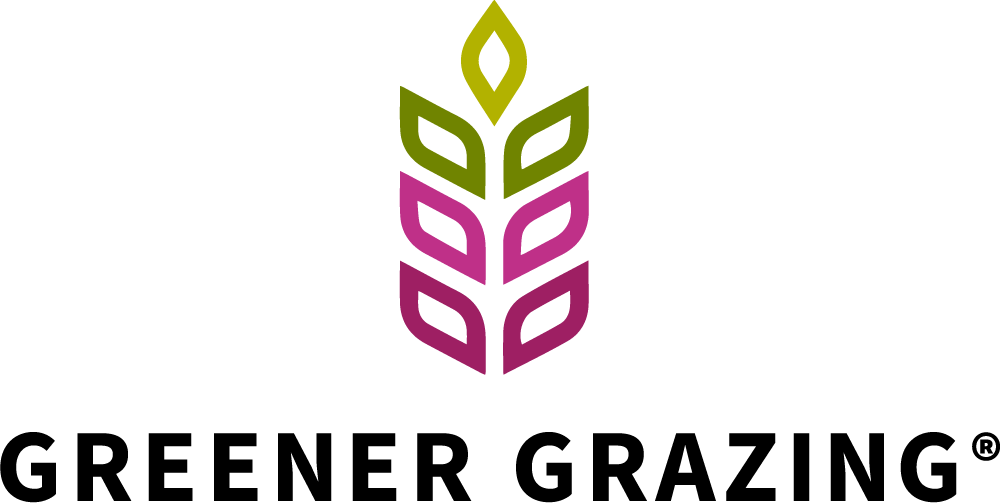Frequently Asked Questions
Do you have Asparagopsis taxiformis seaweed for sale?
We are working hard to scale up Asparagopsis taxiformis (AT) farming to meet demand. At present, all available supply is committed to support animal research trials. Subscribe to our project updates to be notified of expanded supply.
When is Greener Grazing’s supply of Asparagopsis taxiformis seaweed going to be available?
We are aiming to have the first commercial harvest in 2023 and expect to begin collaborating to support independent growers in the same timeframe.
Where else can I source or buy Asparagopsis taxiformis seaweed?
Farmed Asparagopsis taxiformis is not currently available commercially. Subscribe to our project updates to be notified of new supplies.
Can Greener Grazing supply Asparagopsis taxiformis seaweed for my research project?
Supplies are being made available to collaborating researchers. The majority of the available supply has been committed. Qualified research teams are invited to contact us regarding supply.
How do I farm Asparagopsis taxiformis seaweed?
The methods needed to cultivate AT seaweed are still under development. Greener Grazing’s primary objective is to develop complete methodologies to seed and grow AT in the ocean. We anticipate sharing these methods with collaborating AT cultivation partners through joint ventures and licensing arrangements.
If you're interested in learning more about growing AT, please contact us.
Where can I grow Asparagopsis taxiformis seaweed?
AT is a species that thrives in warm temperate to tropical waters with temperatures of 20-30°C, depending on the strain and location. AT is considered invasive in some regions, so special consideration must be given to strain selection, suitability and legality of cultivation within any given area.
Asparagopsis taxiformis v.s. Asparagopsis armata — what's the difference?
The genus Asparagopsis has two species with similar morphologies; A. armata can be found in temperate seas while A. taxiformis occurs in warmer temperate to tropical areas. The distribution of these two species overlap in some areas. Both species are rich in the bioactive compounds that inhibit methanogenesis.
How can I produce a low methane dairy or meat product?
Registration of Asparagopsis taxiformis as a feed additive has been granted in the EU. Additional work is underway to support US registration. Lack of supply, which is dependent on commercial cultivation, is the primary bottleneck to commercial adoption.
What is the cost benefit of feeding AT seaweed to my cows or sheep?
The economic benefit us using AT as a feed additive will depend on the cost of AT production and processing, the degree of improvement in animal performance, the value of GHG offsets and any pricing premium that can be realized. Emerging evidence suggests potentially significant improvements in the economics of beef production based on faster growth and more efficient feed conversion. Additional work is underway to further validate these findings.
How much will Asparagopsis taxiformis cost to buy?
Further cultivation experience will be required to accurately determine price. We expect dry AT seaweed to be in the same range of other functional feed additives.
Is Greener Grazing hiring?
Visit the Careers page to learn more about our job openings!
Can I invest in Greener Grazing?
We really appreciate your interest. Currently, we are only accepting philanthropic funding to support the completion of our research program. Feel free to contact us about providing support.
What is the latest research about Asparagopsis taxiformis seaweed’s impact on ruminant animal methane production?
Mitigating the carbon footprint and improving productivity of ruminant livestock agriculture using a red seaweed (March 2, 2020) — Read Study
